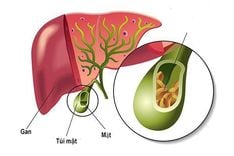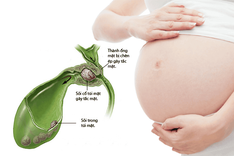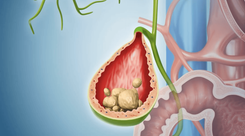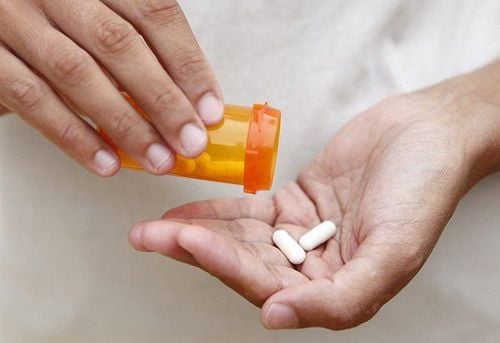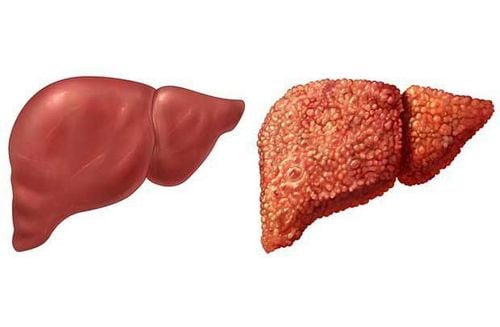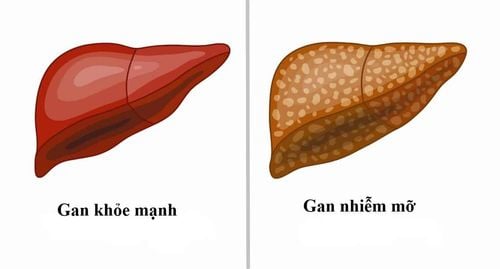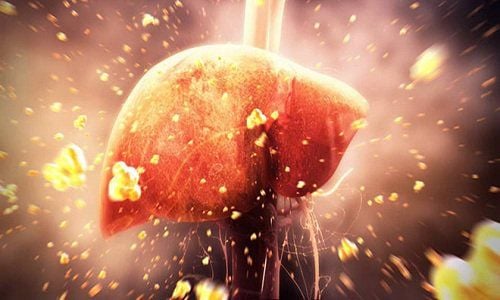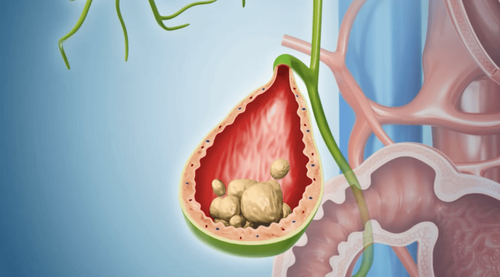This article was professionally consulted by Doctor I Le Nguyen Hong Tram - Gastroenterologist - Department of Examination & Internal Medicine - Vinmec Nha Trang International General Hospital. The doctor has many years of experience in examining and treating diseases of the digestive tract, especially digestive - hepatobiliary diseases, digestive endoscopy and general internal diseases.
Grade 3 fatty liver is the final stage of fatty liver disease. If not treated promptly, the disease will progress to cirrhosis, even liver cancer and lead to rapid death.
1. Fatty liver levels
Fatty liver disease has 3 levels:
- Fatty liver level 1 is the early stage of fatty liver disease;
- Fatty liver level 2, characterized by a significant increase in the amount of fat accumulated in the liver, accompanied by a decline in liver function. Healthy cells that perform many different important functions begin to die when too much fat enters;
- Fatty liver level 3 occurs when the patient is not aware of adjusting their lifestyle, diet or having timely medical intervention.
Fatty liver level 3 is the most dangerous of all levels of the disease. If the test result is positive for fatty liver level 3, it means that the fat accumulated in the liver has invaded the entire organ and led to hepatitis. At this time, the capillaries, including arteries and veins, have difficulty transporting blood and nutrients to nourish the body. As a result, the patient is at very high risk of developing vascular occlusion and portal hypertension.
The condition of blood congestion in the portal venous system causes blood to be diverted into the umbilical vein and other capillaries in the abdominal wall. As a result, these blood vessels are clearly visible on the skin surface in the abdominal area. In addition, the patient may also have jaundice or yellow eyes.
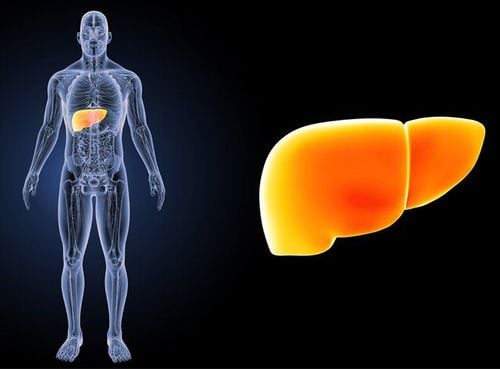
2. Causes
The most common cause of fatty liver is alcohol. However, in many cases, there are still patients with fatty liver who do not belong to the group of heavy alcohol users. When the body takes in too much fat or cannot metabolize fat fast enough, the excess fat will accumulate in the liver cells and cause fatty liver. However, a high-fat diet is not necessarily the cause of this condition.
In addition to alcohol, there are some other common causes such as: overweight/obesity, high blood fat, diabetes, genetics, losing weight too quickly or side effects of certain drugs such as Aspirin, Steroids, Tamoxifen or Tetracycline.
3. Is grade 3 fatty liver dangerous?
Fatty liver rarely has obvious symptoms. The first symptoms are usually just a warm and slightly uncomfortable abdomen. If you have a clinical examination, your doctor may see that your liver is slightly enlarged. When there is too much fat in the liver, it will cause hepatitis. At that time, the main symptoms will be loss of appetite, weight loss, abdominal pain or severe fatigue and jaundice.
Depending on the stage and severity of the disease, fatty liver will have different levels of disease manifestation. Specifically:
- Grade 1 fatty liver: no obvious symptoms.
- Grade 2 fatty liver: may experience symptoms such as indigestion, bloating, loss of appetite, fatigue, nausea, however, these symptoms are often atypical and appear infrequently.
- Fatty liver grade 3: When the body is tired with prolonged loss of appetite, nausea, pain in the right hypochondrium, pain when pressed, pale yellow skin, yellow whites of the eyes, hemangiomas on the skin, rapid weight loss... then you may have fatty liver grade 3.
Fatty liver can be completely cured if detected in the early stages (Fatty liver grade 1). At level 2 of the disease, the patient can fall into a state of fatigue, loss of appetite and more pain, but there is still the possibility of curing and restoring the liver to its original state. At stage 3 fatty liver is the most dangerous of the disease with obvious external manifestations as mentioned above. Even with treatment, the disease will still leave many complications and it is difficult to restore the liver to its original state, if not impossible. There are many cases where the disease has progressed to this level but the patient is still subjective, taking the warning signs of the disease lightly. Untreated grade 3 fatty liver is one of the causes of cirrhosis and liver cancer. According to statistics, up to 20% of severe fatty liver cases can lead to cirrhosis and 11% of these cases die due to liver problems. When cirrhosis occurs, scar tissue will appear and gradually replace healthy liver cells. The more scars, the more significantly the liver function will decline.
If liver dysfunction occurs, the results of ALT and AST tests will show high levels of liver enzymes in the blood. In addition, because the liver is no longer able to produce clotting factors, albumin and prothrombin levels will also be abnormal.
Symptoms of grade 3 fatty liver are more dangerous than the signs in the previous 2 stages. The patient may become unconscious, fall into a deep coma or even in some cases will have to undergo dialysis to filter the blood.
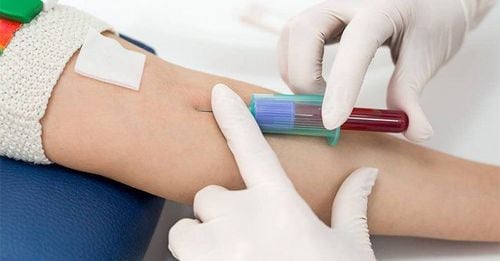
4. What should people with grade 3 fatty liver eat?
People with fatty liver disease need to limit certain foods. This includes eliminating alcoholic beverages such as beer, wine, etc. from their daily diet. Dieting should also be tightened for patients with fatty liver disease in general and grade 3 fatty liver disease in particular. It is necessary to limit foods processed with a lot of oil, give up spicy foods and replace animal fat with vegetable oil. On the other hand, patients should also reduce their daily salt intake to a minimum to avoid the condition of fluid accumulation in the body (ascites) becoming worse.
Fresh green vegetables and fruits are two food groups that people with fatty liver disease must eat regularly. They contain a large amount of vitamins and minerals that help improve liver health. For example, the malic acid content in apples helps to solve the problem of gallstones in the gallbladder and liver, helping to reduce pressure on liver function.
Currently, Vinmec International General Hospital is implementing a liver and gallbladder screening package that includes all tests to help: evaluate liver function through liver enzyme tests, evaluate bile function, perform tests such as complete blood cell analysis, screen for hepatitis B and C, evaluate liver and gallbladder status through ultrasound images. From there, bring peace of mind and accurate results to customers.
When there are signs of liver disorders or even when there are no symptoms, people with fatty liver should proactively test liver function. This is necessary to protect their own health.
To arrange an appointment, please call HOTLINE or make your reservation directly HERE. You may also download the MyVinmec app to schedule appointments faster and manage your reservations more conveniently.

